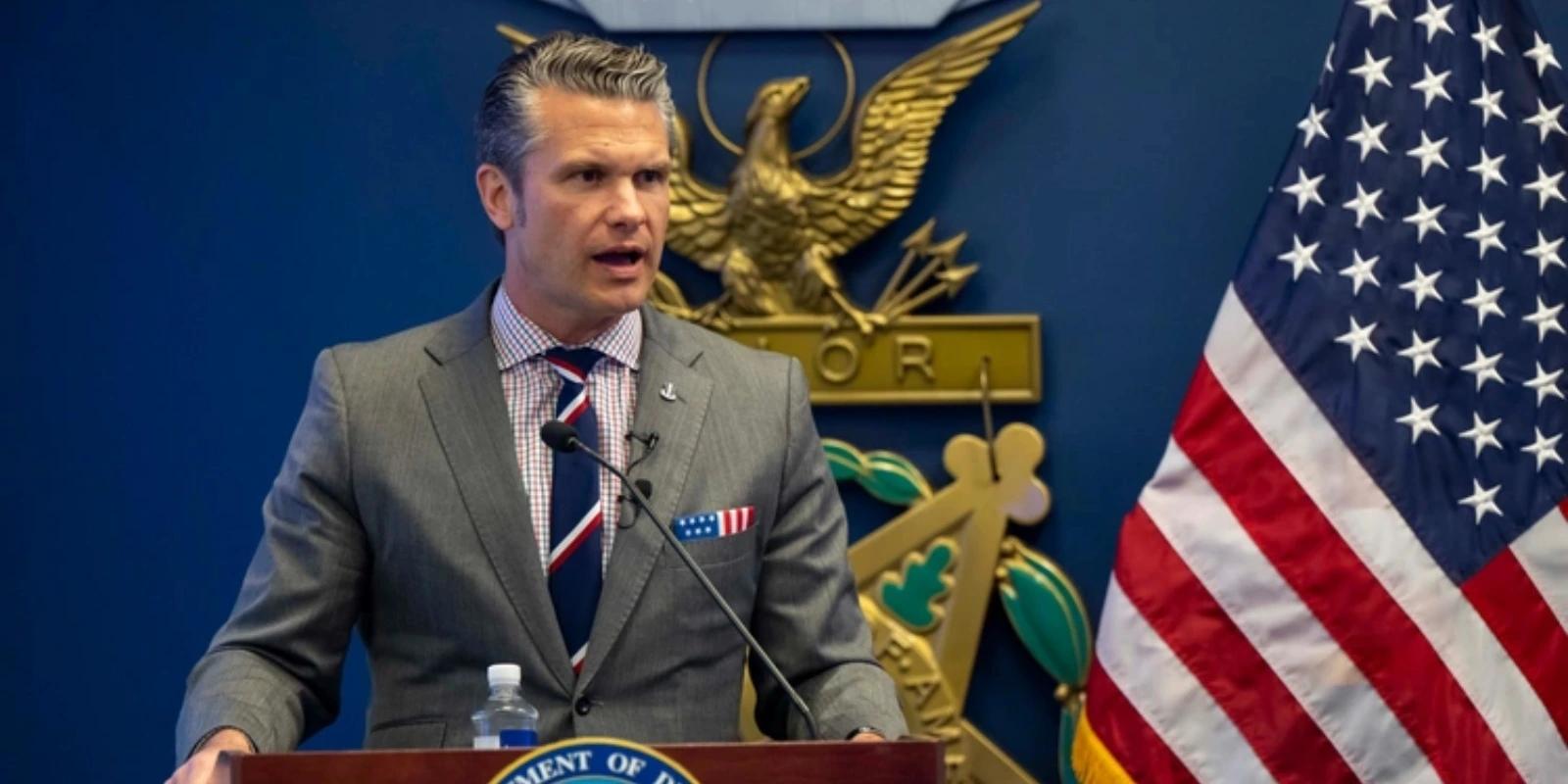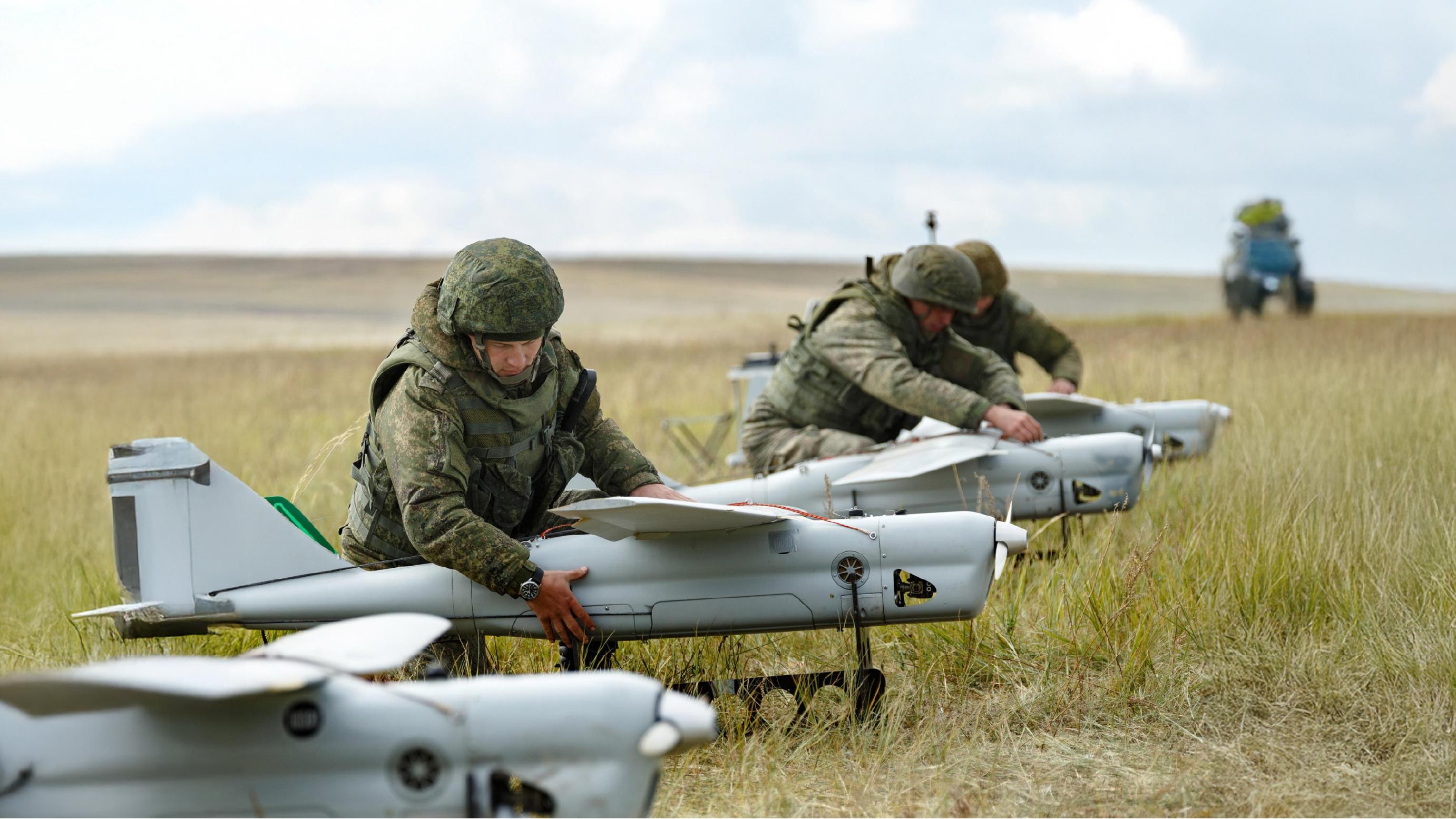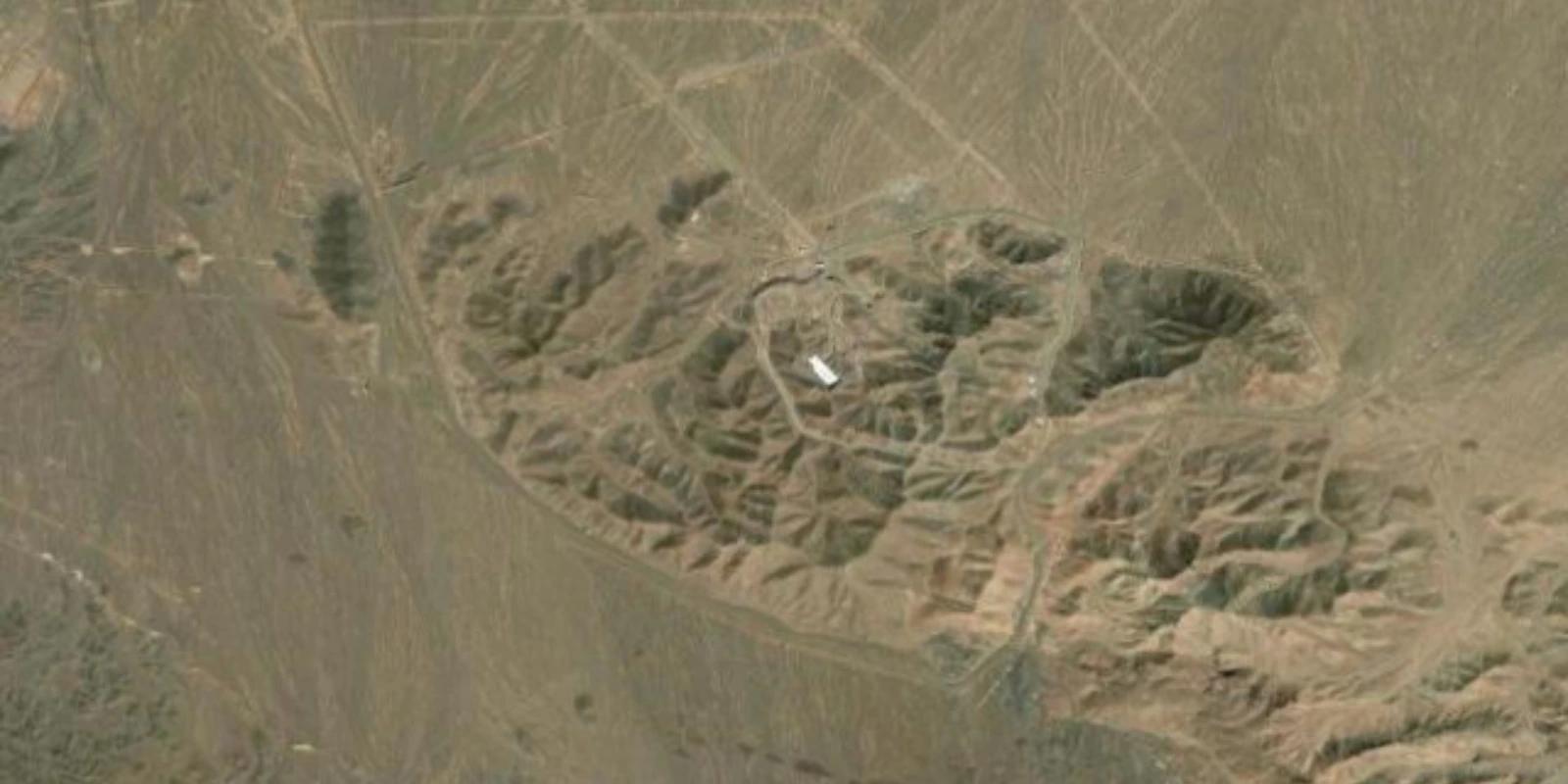THE USMC BIDS GOODBYE TO THE HARRIER JET: A LOOK BACK AT ITS SERVICE
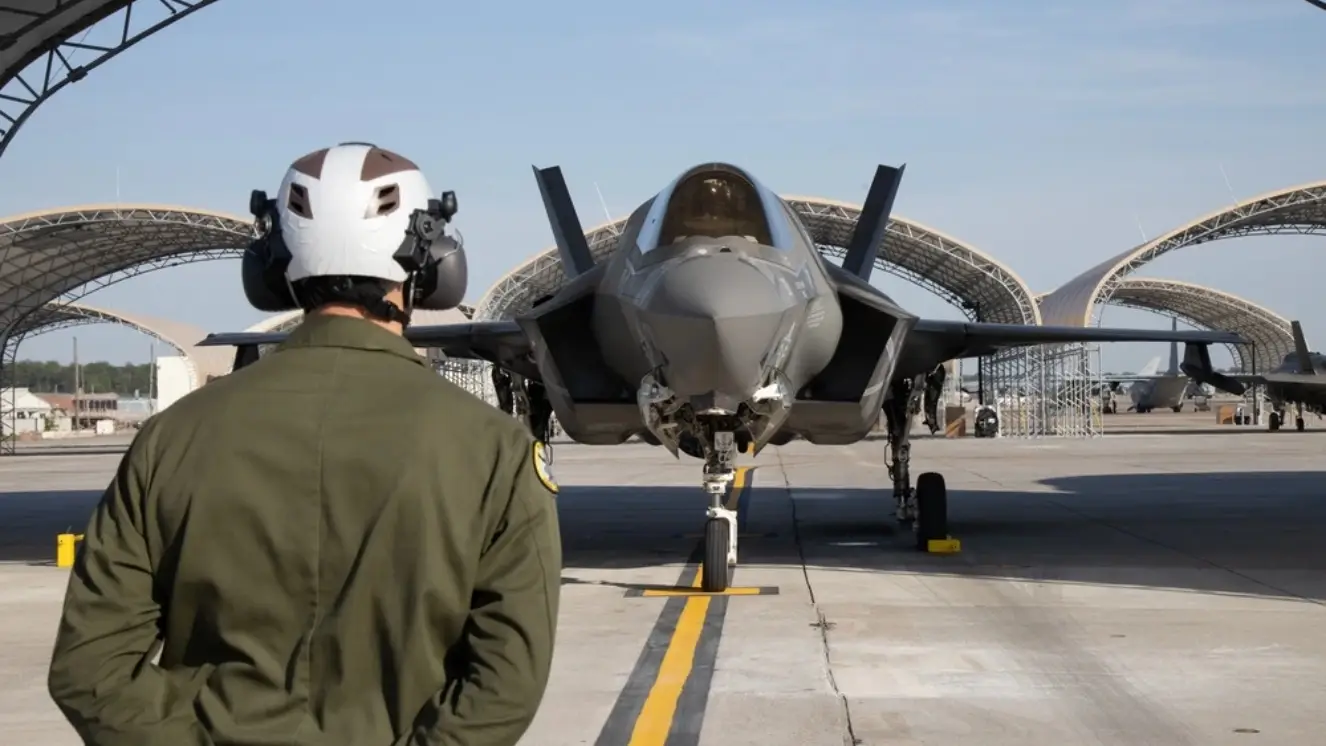
Earlier this month, the US Marine Corps took another step in the ongoing process of retiring one of its iconic pieces of hardware: the AV-8 Harrier jet aircraft. On July 17th, the Corps released an administrative report explaining that five specialties all related to Harrier maintenance will be reclassified in the next few weeks. The approximately 200 Marines still working on AV-8s as Aircraft Mechanics, Aircraft Power Plants Mechanics, Airframe Mechanics, Aircraft Safety Equipment Mechanics, and Aircraft Electrical System Technicians will soon see their roles change as the final retirement of the Harrier jump jet sometime next year draws near.
Given how vital the Harrier fighter jet was to so many of the operations carried out by Marines all across the world over the last four decades and change, the news of these changes in responsibility offer a fine reason to look back on the history of this aircraft and its service to the United States.
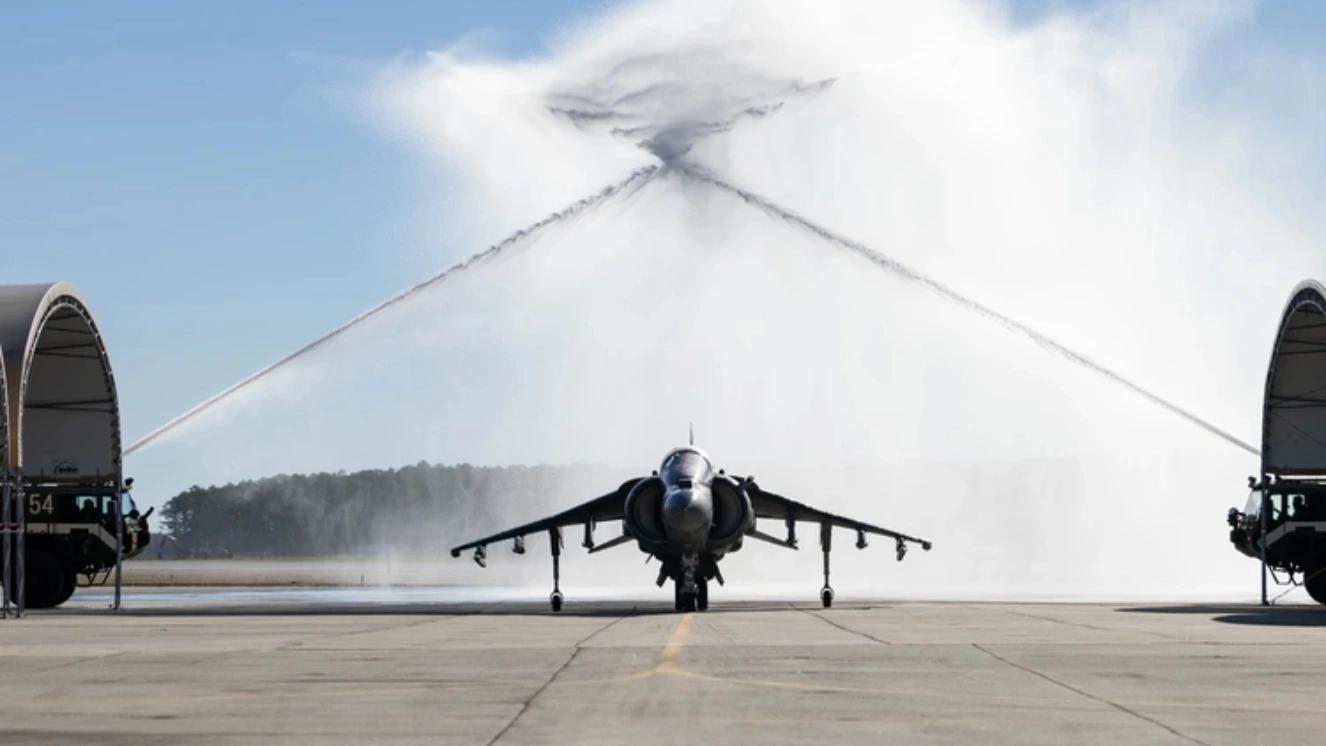
The Origins of the Harrier Jump Jet
The story of the Harrier dates back to the early 1960s, when British aircraft manufacturer Hawker Siddeley began developing and testing military jets capable of Vertical Takeoff and Landing (VTOL).
An aircraft able to take flight without the need for a long runway or some sort of assistance system (like the catapults used on aircraft carriers) was seen to be of great use to military forces operating at sea and/or from smaller forward bases unable to house a full-sized airfield.
So, it’s no wonder that by the time Hawker Siddeley successfully flew the prototype for what would become the first generation of the Harrier jet in 1966, the US Marine Corps’ interest was piqued. With its rotatable engine exhaust ports, the Harrier and the prototypes that preceded it could take off (and land) vertically by directing thrust downward, and would then shift the exhaust ports back into position needed for horizontal flight.
Thus, the VTOL plane could launch from the decks of amphibious ships or small, makeshift airbase was perfectly suited the Marine’s amphibious and expeditionary nature.
The Corps purchased its first Harrier jets in 1970: 102 AV-8As and eight two-seater trainer versions.
The History of the Harrier Jet in Combat
Over the next five decades, the Harrier became an iconic symbol of Marine aviation. While the first operational Harriers to see action were British Navy jets that downed over two dozen Argentine aircraft without a single loss during the 1982 Falkland Islands War, America’s soon underwent their own trial by fire.
During Operation Desert Storm, Coalition forces initially held several units of USMC Harrier jets in reserve. But they quickly joined the fray: on January 17th, 1991 several Harriers from VMA-311 followed by others from VMA-452 and VMA-231 took to the skies and successfully eliminated a battery of Iraqi artillery that had been shelling Marines on the ground.
Between then and the end of the Gulf War, Harriers based both on land and the amphibious vessels USS Nassau and USS Tarawa flew thousands of sorties to attack enemy targets, conduct reconnaissance, provide close air support, and act as helicopter escorts. The US lost only five Harriers to the enemy and only two pilots, Captains James Wilbourn III and Reginald Underwood died in action.
In the Department of Defense’s final report on the war after its end General Norman Schwarzkopf, who’d command all coalition forces, named the Harrier as one of the six most significant weapons of the conflict.
After their successful trial by fire, the Marine Corps’ Harrier jets continued to fly air patrols over Iraq as part of Operation Southern Watch. They also took part in Operation Allied Force, the NATO bombing campaign in 1999 during the Kosovo War. With the outbreak of the War on Terror, USMC Harriers flew into the fight in Afghanistan and later returned to combat in the skies over Iraq.
On November 3rd, 2001, less than a month after the start of Operation Enduring Freedom, four Harriers off the USS Peleliu made the first bombing by AV-8’s of the war. And on March 19th, 2003, aircraft launched from the USS Batan flew the first Harrier jet mission of Operation Iraqi Freedom. From those points onward, AV-8’s regularly traversed the skies over both countries throughout those campaigns.
But despite their continuing usefulness on the field of battle, the Harrier’s day as staple of Marine Corps aviation was slowly drawing to its end. In fact, when the US military suffered its biggest loss of aircraft since the Vietnam War when militants raided Camp Bastion in Afghanistan’s Helmand Province and destroyed, among other things, six Harriers, the fighter squadron they belonged to didn’t receive replacement AV-B’s but new F-35Bs.
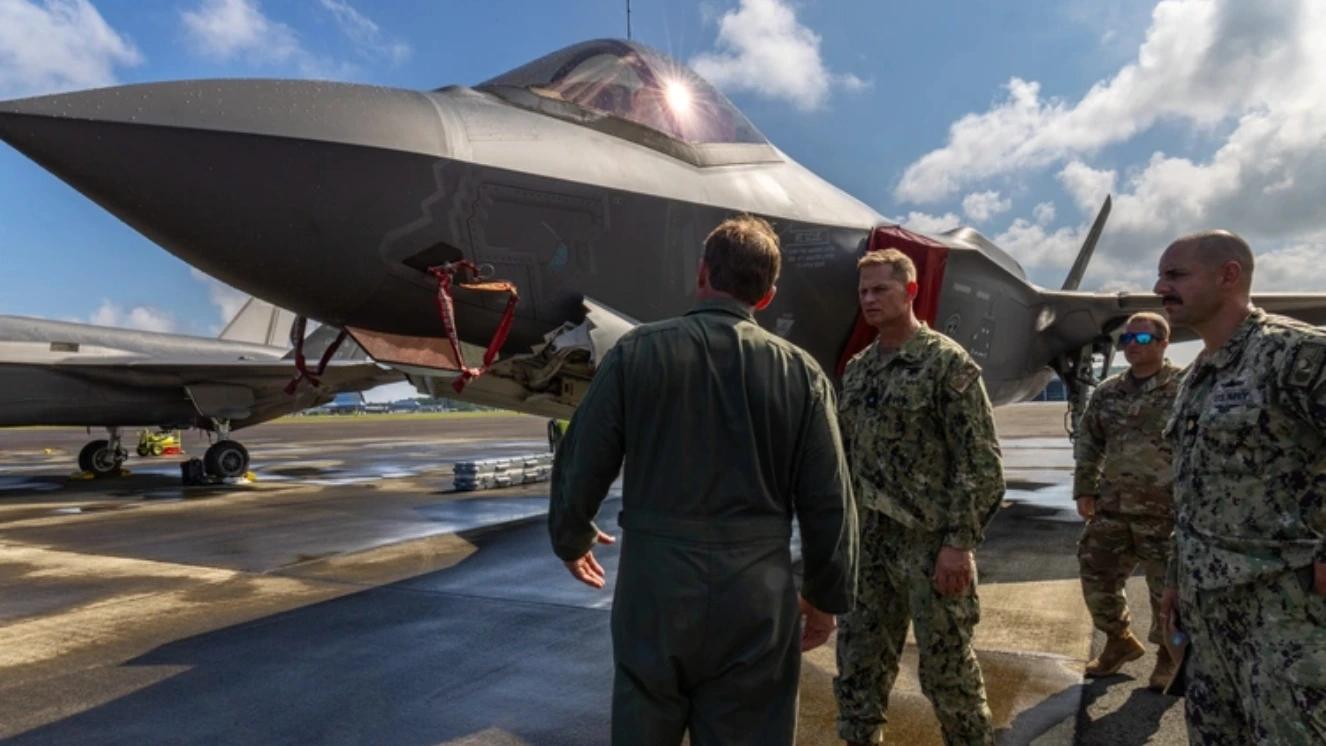
Harrier Jet Replacement and Retirement
The plan to replace the Harrier was well underway by the time the first ones struck Taliban targets in Afghanistan. The Joint Strike Fighter Program, which began in the 1990s, aimed to develop a new generation of single-seat fighters for the Marine Corps, Navy, and Air Force with different variants for different purposes.
The end result, the F-35 Lightning II, took its first flight in 2006, and is now on track to fully replace several airframes across the three aforementioned branches. The F-35A will replace those designed to take off from standard airfields and the F-35C is a version specifically tailored to launch off of aircraft carriers.
And the F-35B, the Short Take-Off and Vertical Landing (STOVL) variant which entered service with the Marines in 2015, is set to fully replace all the remaining Harriers in 2026. And while replacing them with this newer aircraft is absolutely necessary, it can still be hard to say goodbye to a truly original and iconic piece of hardware like the Harrier.
The Marines affected by the final phasing out of the jump jet will know what their new tasks will be by the end of September, whereas the fate of the AV-8 Harrier is to join the ranks of military jets that made history in service of the US Armed Forces. And to those aircraft we say: fair winds and following seas.
Suggested reads:
SHARE:
TAGS:
JOIN OUR NEWSLETTER
Get the latest news and military discounts
